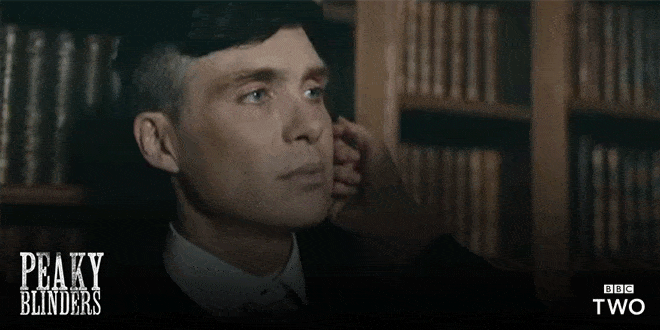

They also made it easier for users to add alternative text in general by removing the requirement to enable a special setting, which was noted as holding back alternative text adoption . In May 2020, Twitter started to include short alternative text descriptions of GIFs taken from their titles on GIF aggregation sites ( e.g., GIPHY). This work suggests that social media platforms should seek to automatically include alternative text for GIFs on their platforms. Based on their experiences with GIFs during our study, many participants were eager to have accessible GIFs on social media – with both alternative text and more expressive audio descriptions. Therefore, most of our participants had not experienced accessible GIFs on social media, while some participants knew that GIFs were present but undescribed. In February 2020, few GIFs (0.04%) contained alternative text on Twitter, as the ability to add alternative text to GIFs was new. Preferences for accessible alternative formats for GIFs.Findings from interviews with 10 Twitter users with vision impairments regarding their past experiences with GIFs and.An analysis of GIF usage on Twitter, including how many have alternative text.However, depending on both the visual content of the GIF and the original source audio, participants suggested that some audio descriptions presented a more emotive and enjoyable experience of viewing GIFs. In both interviews, participants stressed that they viewed alternative text as a minimum accessibility requirement. In a second session, they compared three alternative formats for GIFS: alternative text descriptions, original source audio if the GIF was excerpted from a longer video, and spoken audio descriptions of action occurring that overlay the source audio. To gather the perspective of blind people on important visual elements to describe, we interviewed 10 Twitter users with vision impairments about their prior experience encountering GIFs. Can alternative text adequately describe the emotional tone or meaning that is being visually conveyed? We collected a large sample of popular GIFs on Twitter to examine what kinds of content they contained and how they could be described. However, GIFs are more than static images: the visual content over multiple frames often conveys action and contains visual elements that imply sound. Twitter extended this capability to GIFs on their platform as of January 2020. The primary approach to make images accessible is via alternative text , which some social networks have recently begun to support for static images . If people with vision impairments are unable to understand the visual content of a GIF in a conversation, they miss key channels of emotional tone and information, if not derailing the conversation entirely. GIFs are primarily used on social media to either embody the emotion of the poster or react to another poster's content .

Recently, GIFs, silent looping animations, have demonstrated this problem acutely, as they are frequently used and rarely described. Social media platforms have become critical broadcast and discussion platforms for conversation online, yet an increase in visual media is making these platforms less accessible to people with vision impairments . We converted GIFs like this into three alternative formats: alternative text, the source audio from the original video, and an audio description recorded over the source audio. Alt Text reads ”Elissa Slater from Big Brother is drinking from a coffee cup, then laughs and spits water everywhere.” Source audio reads: ” you guys are talking game” and finally audio description reads ”Elissa sips water She spits it out ” Figure 1: The most popular GIF we observed on Twitter was one of a spit-take.

On the right are three possible accessible alternatives. It shows Elissa Slater drinking water then spitting it out as she hears something funny. Three frames from a visual animated GIF from the TV show Big Brother. In The 22nd International ACM SIGACCESS Conference on Computers and Accessibility (ASSETS '20), October 26–28, 2020, Virtual Event, Greece. Cole Gleason, Amy Pavel, Himalini Gururaj, Kris Kitani, and Jeffrey Bigham.


 0 kommentar(er)
0 kommentar(er)
